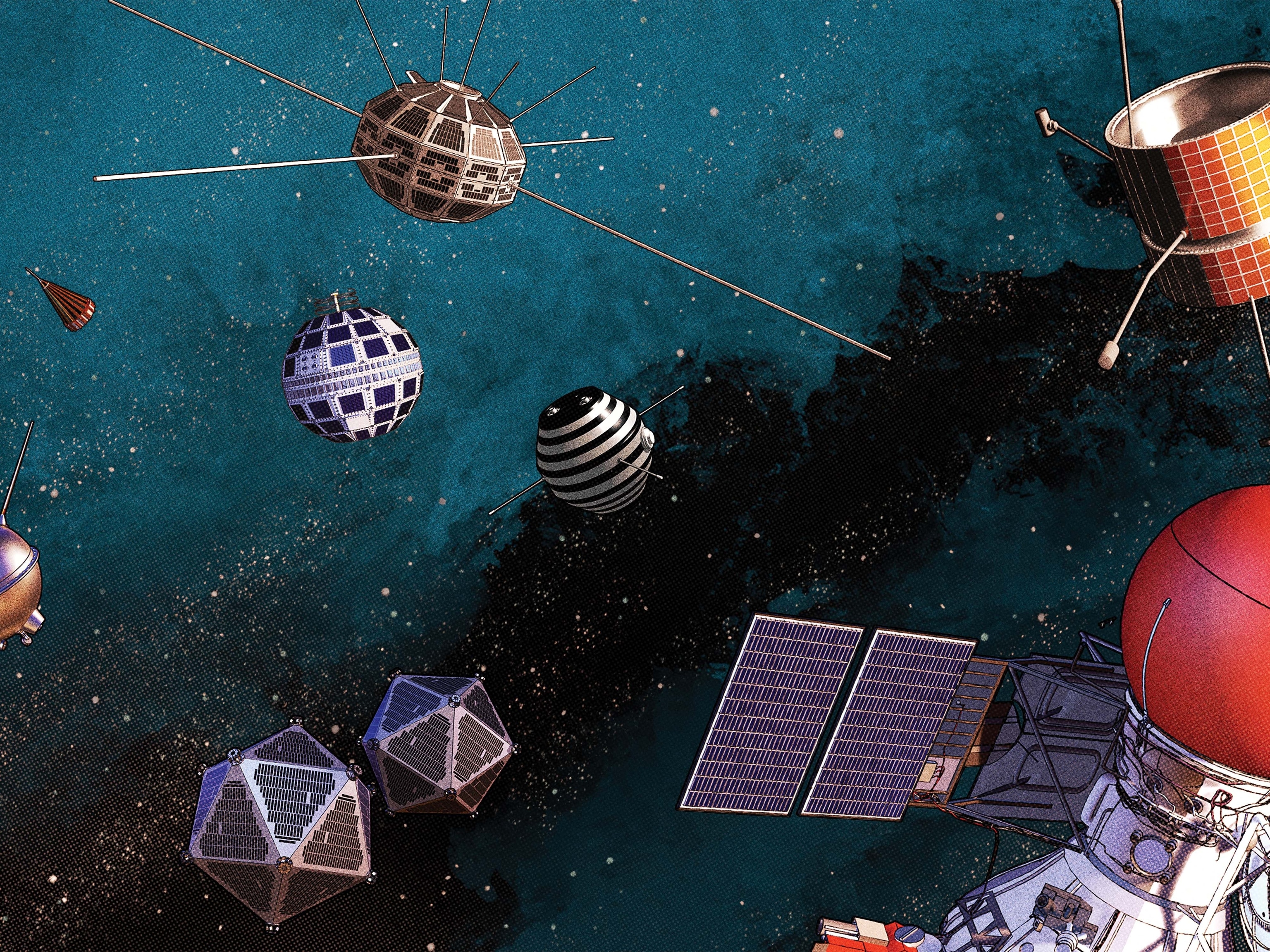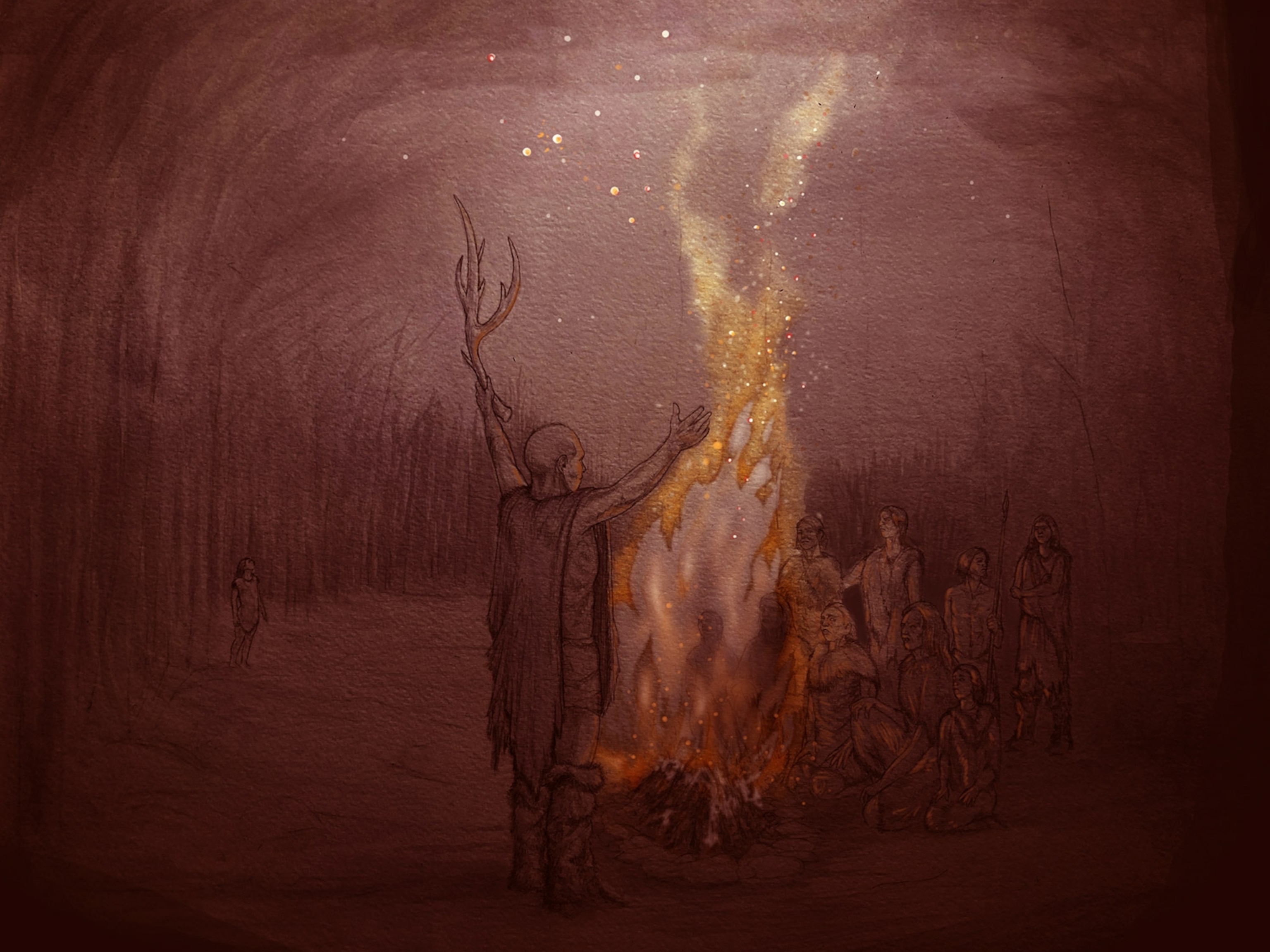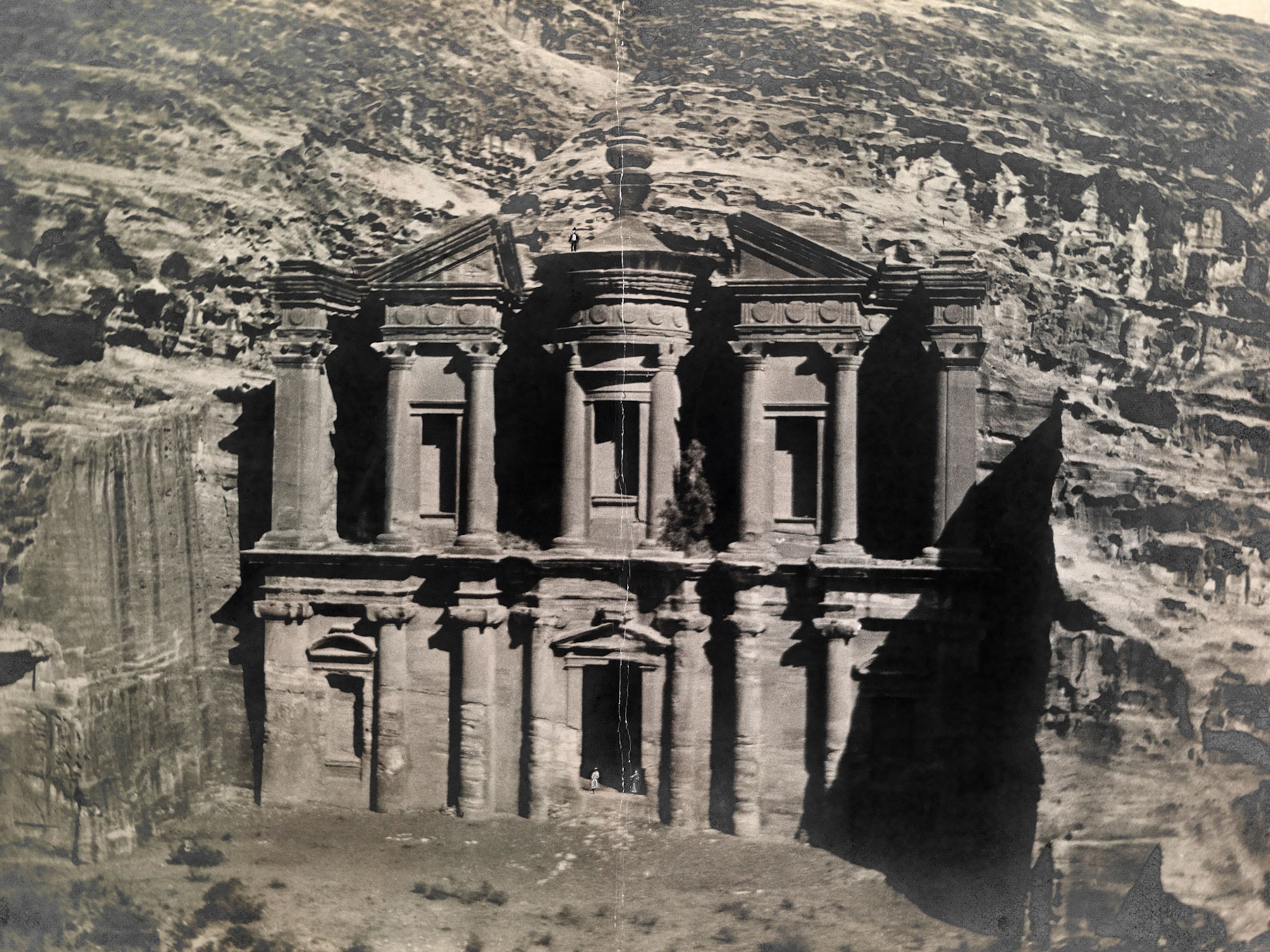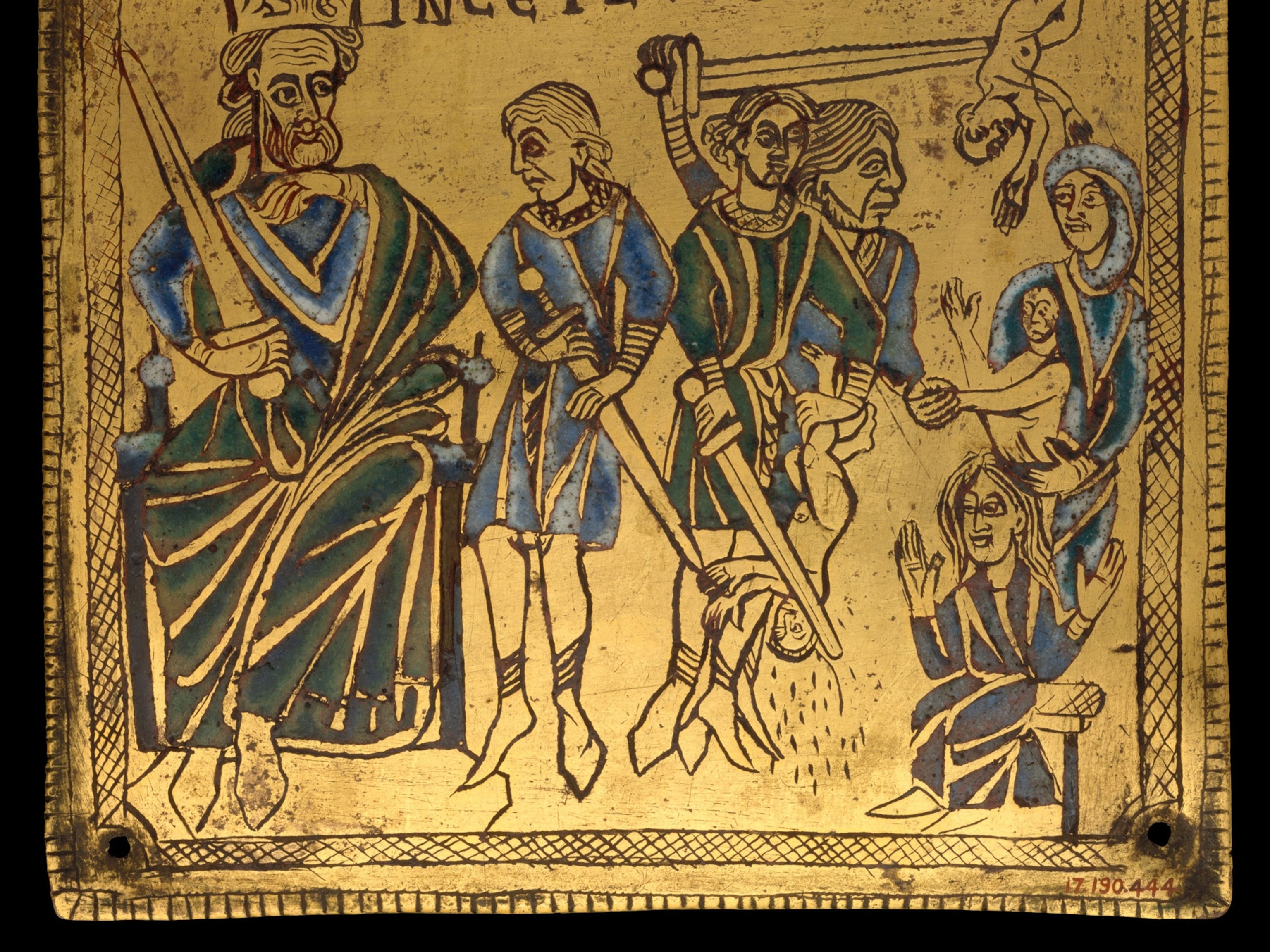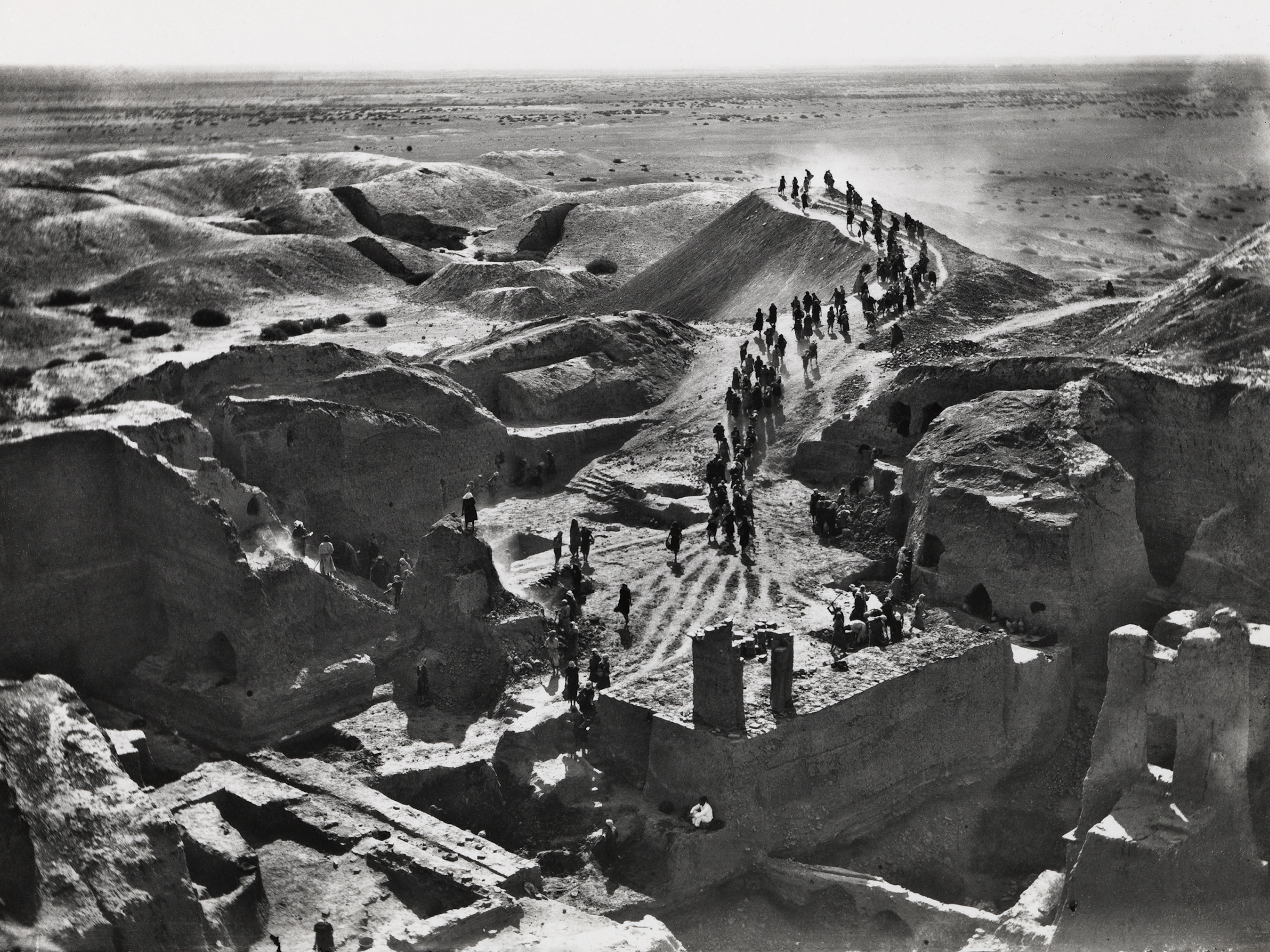The prehistoric iceman known as Oetzi died from an arrow-inflicted lesion to an artery near his left shoulder, modern x-ray technology shows.
The finding clarifies the mystery of how the 46-year-old man died some 5,300 years ago high up on a mountain glacier in northern Italy.
Oetzi was discovered in 1991 in South Tyrol 10,500 feet (3,210 meters) above sea level. He is one of the world's oldest and best preserved mummies.
Modern X-Rays
Scientists have studied Oetzi for years to determine his life history, but the exact cause of death has been unclear. Did he die from the arrowhead, or from other complications of a battle just prior to his death?
To clarify the issue, Frank Rühli of the Institute of Anatomy at the University of Zurich in Switzerland and colleagues from the General Hospital in Bolzano, Italy, used modern x-ray technology to examine Oetzi's internal anatomy.
"[The x-rays] show the arrow first penetrated the skin for sure and then through the shoulder blade and then basically ended up close to the lung but didn't penetrate the lung cavity," Rühli said. "It ended up just below ... the clavicle, which is the collar bone."
There, the scans show a 0.5-inch-long (13-millimeter-long) rip to an artery. A large blood clot is visible in the surrounding tissue.
A laceration to the artery would cause massive bleeding and cardiac arrest, according to the researchers. They believe the iceman died within minutes after the arrowhead struck.
"Basically it's radiological proof for the cause of death," Rühli said.
At the time of his death, someone removed the arrow shaft from Oetzi. Blood within the area where the shaft rested suggests the shaft was removed while the man was still bleeding, Rühli noted. But the arrowhead itself remains in the iceman's back, 0.25 inch (6.5 millimeters) from the wound.
The research is published online in the Journal of Archaeological Science and will be reported in the July issue of National Geographic magazine.
(National Geographic News and National Geographic magazine are parts of the National Geographic Society.)
Complete Picture
Earlier research suggests Oetzi spent his entire life within a 37-mile (60-kilometer) radius of where he was found.
The new findings help round out the story of what happened on his final day.
He ate a meal of venison, scientists say. Then he either became embroiled in a battle or was killed as a part of a ritualistic human sacrifice.
Rühli, a medical professional, said he lacks the archaeological expertise to interpret what really happened to Oetzi on that day.
But given where the arrow rests, the projectile either came from battle or "friendly fire" while hunting, rather than a sacrifice, he believes.
Also, since the artery laceration would have caused death quickly, Rühli speculates that Oetzi was shot on the glacier, not in the valley, and then escaped to the mountains to die.

